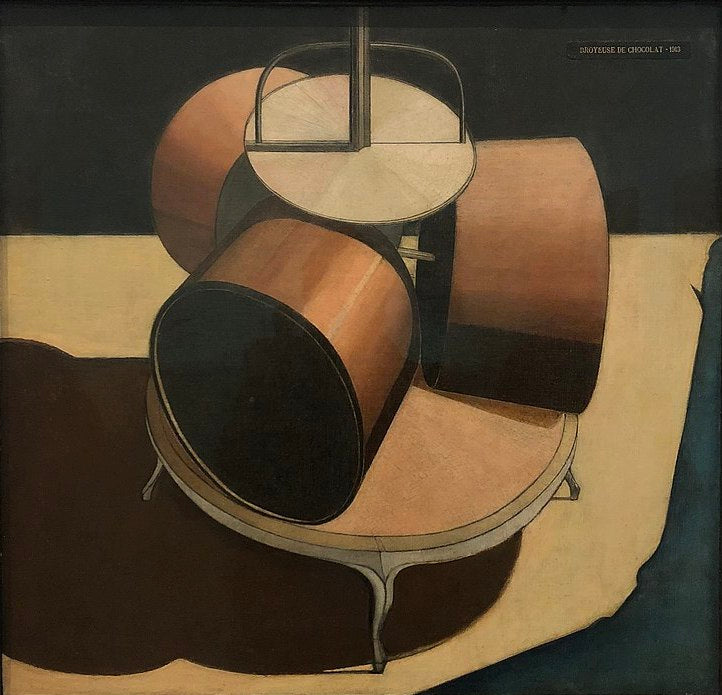The chocolate-making process begins with dried cacao beans and follows the steps below:
Sorting We ensure to remove anything that will not make good chocolate: foreign matter and unusable beans. The beans we get from our brokers are, by and large, very clean.
Grinding & Conching Starting with the nibs, we add the sugar slowly and grind it together. Then, we conche the mixture until smooth, shiny chocolate is achieved, and the flavour is just right. It is poured into large blocks and rested for about a month.
Tempering, Molding, and Wrapping Chocolate is tempered to a precise temperature curve to ensure that when it sets, it will be glossy, will not melt in your fingers, will crack with an audible snap, and will slowly melt in your mouth. It is then poured into molds and wrapped by hand, ready for you to enjoy!
Roasting This is the first opportunity for us to develop the flavour and it is also the most influential step in guiding the final profile of a chocolate batch.
Cracking & Winnowing To separate the shells from the cacao nibs, we shatter the roasted cacao seeds. Then, with air vacuum, we separate the shells on one side while the heavier nibs fall through to the other.
Formulating For each batch, we calculate a ratio of cacao to sugar to suit our adventurous spirit.Grinding & Conching Starting with the nibs, we add the sugar slowly and grind it together. Then, we conche the mixture until smooth, shiny chocolate is achieved, and the flavour is just right. It is poured into large blocks and rested for about a month.
Tempering, Molding, and Wrapping Chocolate is tempered to a precise temperature curve to ensure that when it sets, it will be glossy, will not melt in your fingers, will crack with an audible snap, and will slowly melt in your mouth. It is then poured into molds and wrapped by hand, ready for you to enjoy!
